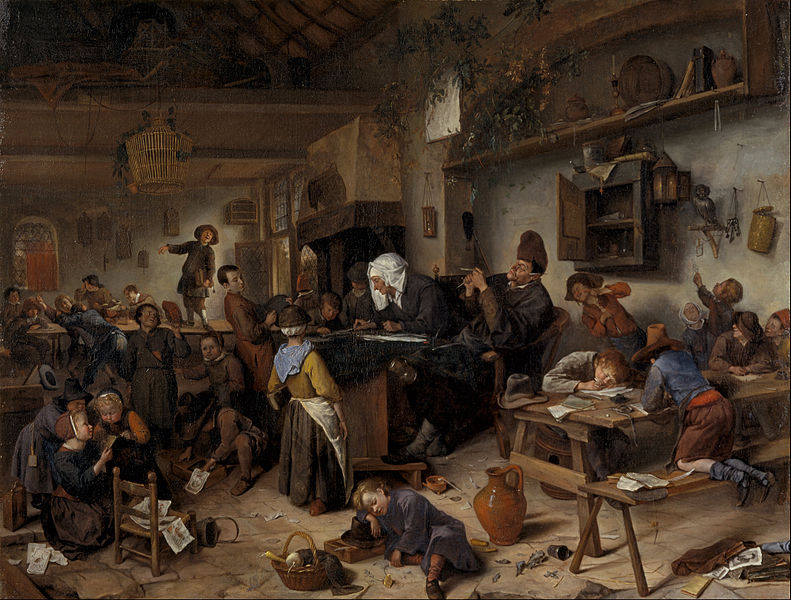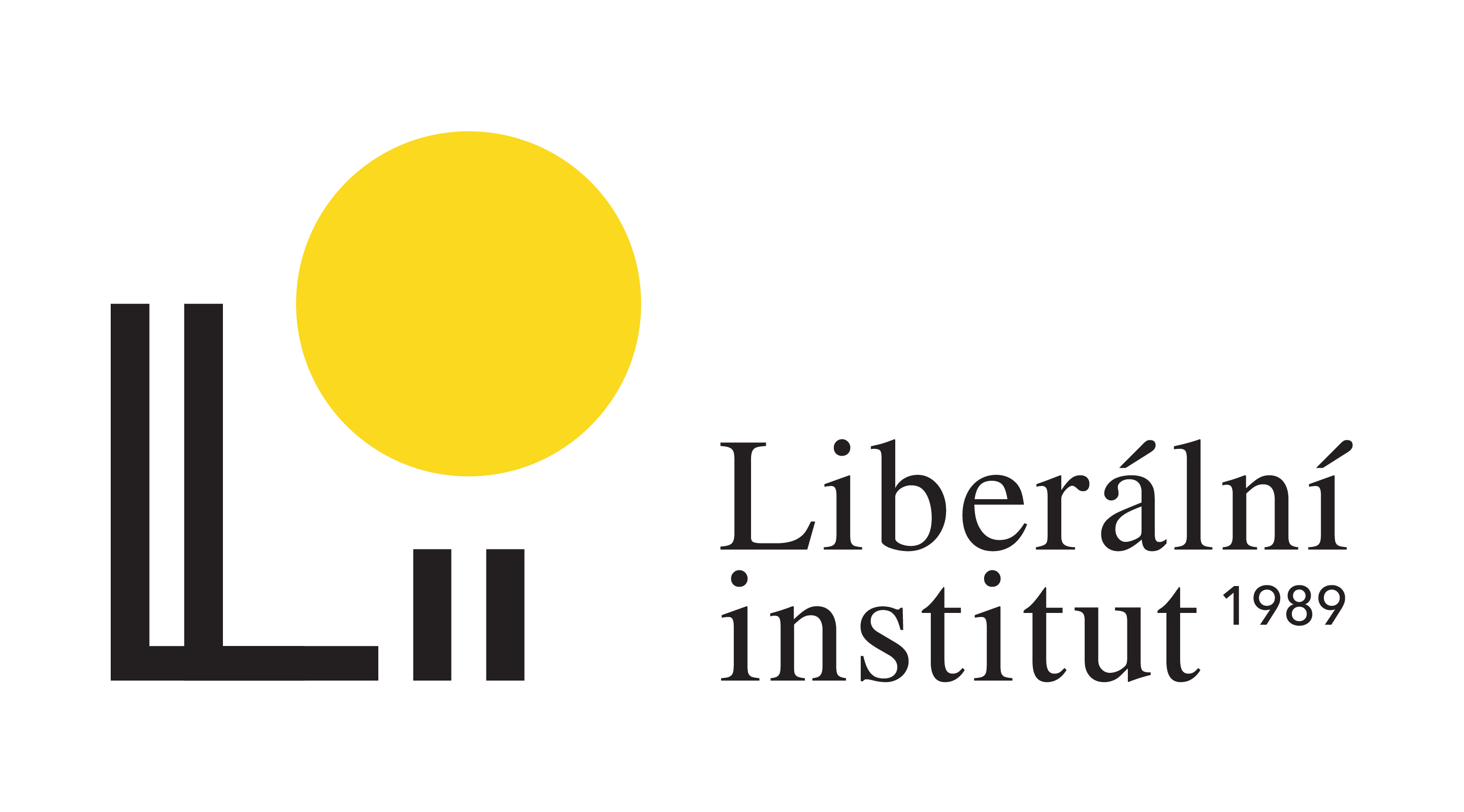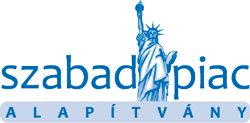
When the international concept of human rights is seen as a threat to sovereignty and national values, such phenomena as antisemitism, islamophobia and xenophobia are politicized, and minorities are marginalized and excluded. In this situation, the main tool for creating attitudes of tolerance and inclusivity is education.
Education, which is a common good available for everyone, regardless of their background and social standing. Education that changes and influences social attitudes. In what way can education function in local and state aspects when issues connected with human rights and antisemitism are politicized, changed into cultural code and tools in political fights?
One of the solutions in such a situation is the close cooperation of authorities, NGOs and educational institutions with the minority community. Cooperation in the area of education, which can help effectively counter discrimination, xenophobia, islamophobia, antisemitism, etc.
Historical Background
Minorities, as a community, contributed to history and heritage, meaning they influenced the socio-cultural and economic development of their countries and regions. Unfortunately, coexisting with the majority population did not erase the phenomena of xenophobia, racism, and especially antisemitism. They became a part of the political narrative consolidating the majority, and nationalism became an element of creating a national identity.
Consequently, the representatives of the minority were not only treated as others but also as scapegoats, blamed for all failures of the given country. Whether the community was integrated with the majority group or not had no meaning. Actually, the more integrated the minority population was, the more anxiety it aroused in the majority.
In Europe, the most tragic culmination of coexistence was the Holocaust and genocide of Romani and Sinti communities. The countries of Central and Eastern Europe, where minorities lived, became homogeneous overnight. Post-war regimes ostensibly protected the surviving communities, but in consequence, communist parties (among others) revived the spirit of antisemitism and xenophobia, using it as a known and proven political tool.
Due to the lack of stability, rising antisemitism and violence against minority communities, mass migration from Central and Eastern Europe to Western Europe, the US, and Sweden began. This phenomenon boosted the process of creating multicultural communities in those countries. What was left of the community underwent almost complete assimilation and acculturation. Currently, it is difficult to determine the number of minority communities in given countries because general censuses do not always reflect the identities of the members of given communities.[1]
Societal Background
The culture and tradition of minorities in Central and Eastern Europe are currently enjoying considerable popularity. More and more often, students are engaged in educational projects, organize meetings, discover and seek to bring back the memory about, e.g. Jewish inhabitants of their towns. On the other hand, touching upon any topic regarding Holocaust, homophobia, or antisemitism frequently evokes extreme emotions in many people and groups. For some, these topics elicit hurtful feelings for others anger. As a result, ‘certain’ topics are called using such euphemisms as ‘sensitive issue’ or ‘controversial matter’.
What is more, in public discourse, the persistence of antisemitic, xenophobic and homophobic forms is visible. It is confirmed by research[2] conducted in all countries of the Visegrád Group (V4). It shows that negative attitudes towards Jews correlate with general attitudes towards other minority groups.
The researchers observed that historical background and the mechanisms of public space ethnicization[3] have led to national homogeneity, and at the same time, excluded others from the mainstream society. As a result, in all of the V4 states, diversity is seen as a negative phenomenon. According to the respondents, among the ethnical, religious, cultural and linguistic diversity, only cultural diversity is seen mostly positively in Poland and Slovakia, while in Czechia, it is linguistic diversity.[4]
The negative attitude towards diversity increases with the respondents’ age. The research also verified the perception of specific minorities.[5] Romani are mainly perceived negatively, and this is true in all V4 countries (Poland, in this case, has a less negative perception of Roma, but there are far fewer Roma living in Poland than in the other three countries surveyed).
Quite a high level of islamophobia has been observed in Slovakia and Czechia, while Hungary and Czechia are slightly more open towards Black people in comparison to Slovakia and Poland. Attitudes towards Jews vary among V4 countries. Ambivalent responses are dominant in all four countries. Only Czechia has a clearly more positive attitude towards Jews 6% of respondents declare dislike, and 38% of respondents express a friendly attitude towards Jews.[6]
According to research by European Union For Fundamental Rights Agency, antisemitism permeates social discourse, reinforcing negative stereotypes of Jews, and the mere fact that someone belongs to the Jewish community increases the likelihood of discrimination against that person. Additionally, more and more people (in comparison to the data from 2012) conclude that antisemitism is an increasingly severe issue in their country.[7]
As a result of several initiatives taken by the European Commission at the European Union and global levels, the antisemitism coordinator was appointed in December 2015; in 2016, the EU High Level Group on combating racism, xenophobia and other forms of intolerance was established. This group developed guidelines and policy recommendations to improve the response to hate crimes and hate speech, including those motivated by antisemitism. That year also a code of conduct for combating hate speech on the internet was created together with IT companies.[8]
A crucial aspect was the adoption of a resolution on combating antisemitism by the European Parliament in 2017, which called for increased efforts at local, national and European levels.[9]A further declaration on countering antisemitism in all areas of politics was adopted by the Council in 2020,[10] while a comprehensive and innovative approach was proposed in the most recent strategy on countering antisemitism adopted on 5 October 2021.
There, the Commission proposed a range of measures not only to prevent and combat antisemitism but also to protect and nurture Jewish life and support Holocaust education, research and remembrance.[11] Some member states have responded to the Commission’s call by appointing antisemitism coordinators, while others have adopted or endorsed the definition agreed in May 2016 by the International Holocaust Remembrance Alliance (IHRA).[12]
The definition is a non-legally binding operational definition of antisemitism, with clear examples of the different forms it can take. It covers traditional schemas, the growing problem of Holocaust denial, as well as new forms relating to Israel, such as demonizing the Jewish state or holding local Jewish communities responsible for its actions. The International Holocaust Remembrance Alliance (IHRA) has also adopted a non-binding operational definition of anti-gypsyism/anti-Roma discrimination.[13] This definition emphasizes the importance of remembering the Roma genocide and recognizing that the general neglect to do so has contributed to the prejudice and discrimination experienced by many Roma communities.
Such definitions include recommendations on education about minorities. The states that have decided to implement the operational definitions have committed not only to counteract discrimination but also to provide conditions and funding for education about minorities, their current life and functioning in the public space.
Education
The European Union (EU) and its member states have a legal obligation to do everything in their power to effectively combat antisemitism, educate people about the Holocaust and ensure that the effectiveness of the developed measures is systematically evaluated. To this end, the member states are also obliged to cooperate with Jewish communities in the area of security and protection of Jewish sites while ensuring that adequate financial resources are allocated for this purpose.[14]
The EU and the Council of Europe member states, the Organization for Security and Co-operation in Europe (OSCE), the Organization of American States (OAS) and the United Nations Educational, Scientific and Cultural Organization (UNESCO) have committed themselves to promote a culture of democracy and human rights through numerous instruments, such as the United Nations Declaration on Human Rights Education and Training (2011), the United Nations World Programme for Human Rights Education (2005-2019), the Council of Europe Charter on Education for Democratic Citizenship and Human Rights Education (2010), the Inter-American Democratic Charter (2001), and the Additional Protocol to the American Convention on Human Rights in the Area of Economic, Social and Cultural Rights (Protocol of San Salvador).[15]
The aforementioned 2017 draft EP resolution on combating antisemitism calls for the promotion of teaching about the Holocaust in schools and the inclusion of information about Jewish history and contemporary life in school curricula.[16] It is important because the lack of education about the Holocaust and antisemitism can lead to denial and downplaying. This, in turn, leads to the externalization of guilt, including its projection onto survivors, and the distortion of other historical facts related to the Holocaust, resulting in its trivialization or relativization.[17]
In contrast, taking into account the history of the Holocaust, the mechanisms of discrimination, stigmatization and social exclusion of minorities, opens up the possibility of accounting for the narratives and experiences of all minority groups. Unfortunately, it is still rare. For example, in the Visegrád Group, at the level of formal education, the main emphasis is on learning about the Holocaust. Education on antisemitism or minorities, on the other hand, is linked strictly to the Holocaust and described as a prelude to it or as part of the human rights topic. Information about minorities as social fabric, contributing to a country, a nation or influencing culture or heritage, is marginal.
Typically, minorities are represented as foreign, migrant or other. They are mainly presented in an impersonal context as a group; this narrative is characterized by many elements of generalization. It correlates, for example, with recent studies on antisemitism, which show that there is a high percentage of people who believe in a Jewish conspiracy led by an unidentified group of Jews.[18] Therefore, it is also vital that school textbooks describe Jews as individuals, not a group.
In addition, the information presented should contain sufficient data to understand the subject matter or the problem addressed, and minorities should be described using personal pronouns, e.g. ‘I’, ‘she’, ‘he’ or collectively, using, e.g. ‘they’, ‘you’, ‘we’. This way, we avoid aspects that lead to the dehumanization of a group through generalizations.
What is more, this education should be based on neutral content, not marked by emotions, judgement, accusations, blame or ascribing bad intentions. It should describe a given person’s actions, not their characteristics. This way, the described phenomenon/event will be counteracting social stereotypes, ‘labels’ and ‘pigeonholing’, as well as have a positive impact on shaping recipients’ attitudes.
Minority voices and narratives should be included in a neutral way when it comes to worldview and politics. Unfortunately, minority education is frequently integrated with aspects of the majority religion and its values. As a result, there is a danger of eliminating the viewpoints of other religious groups. Simple educational solutions can prevent it, e.g. when discussing an architectural style, illustrations of a synagogue or a mosque can be used instead of religious sites associated with the majority religion.
Unfortunately, the educational narrative is frequently influenced by a worldview based on the interests and history of a given country or even unconscious ethnocentrism and nationalism. It is facilitated by whitewashing history, omitting difficult subjects or shameful episodes. The conviction about the exceptionality of the nation’s suffering thus becomes the foundation of national identity. Attempts to undermine this conviction provoke inevitable defensive reactions, which are used, for example, in antisemitic, homophobic, anti-refugee or Islamophobic campaigns.
As a result, adolescents might not receive an adequate education based on openness and critical thinking. However, keeping silent about these issues will not make them disappear. A conviction may arise that they should not be thought or spoken about.
In the course of teaching and upbringing, it may contribute to the formation of a cognitive style characterized by rigidity of thinking, categorical views, intolerance of ambiguity, inability to see different perspectives, rejection of information contradictory to the preceding conclusions. Such a cognitive style corresponds to the characteristics of some features in the authoritarian personality, which according to Adorno[19] (among others), is associated with susceptibility to totalitarian ideologies and antisemitism.
Authoritarianism is expressed, for instance, by a belief in the hierarchical organization of human relations and the need to submit to authority. The habit of critical thinking would facilitate the identification of antisemitic, xenophobic and homophobic content and the emergence of adequate reflections.
This text is an excerpt from a book “RespectEd. Opportunities and Challenges of Equality Education” that will be published later in 2022.
[1] The problem arises when the identity escapes the framework set by the available answers (here: Polish nationality or non-Polish nationality). If the respondent’s social identity is multicultural, in the case of the ethnic (national) context, it is difficult for them to answer the question of identity clearly and unambiguously. In: Katarzyna Warmińska, Spis powszechny a etyczny wymiar tożsamości jednostki.
[2] Antisemitism 2.0. Opinions, attitudes and perception on anti-Semitism in Visegrad countries on the online sphere (Slovakia: 2021), 6-7.
[3] In this concept, the nation, like any cultural phenomenon, is historically changeable, and every culture undergoes ethnicization or nationalization over time, creating strong ties between its elements (Kłoskowska 1996). These elements are not the same for all national cultures, and the meaning attributed to a particular element of culture depends on the situation and way of life of the communities in question (Smolicz 1987). Components that are necessary and perform vital functions for some national cultures may be considered as non-essential or even inhibiting integration by others. See: https://repozytorium.uwb.edu.pl/jspui/bitstream/11320/855/1/Praca_doktorska_A.Nikitorowicz.pdf (accessed: November 27, 2021).
[4] Antisemitism 2.0. Opinions, attitudes and perception on anti-Semitism in Visegrad countries on the online sphere (Slovakia: 2021), 6-7.
[5] The study examined four minorities that tend to be perceived with certain negative connotations – Roma, Jews, Muslims and Black people.
[6] Antisemitism 2.0. Opinions, attitudes and perception on anti-Semitism in Visegrad countries on the online sphere (Slovakia: 2021), 6-7.
[7] European Union For Fundamental Rights Agency, Doświadczanie i postrzeganie antysemityzmu – Drugie badanie dotyczące dyskryminacji i przestępstw z nienawiści wobec Żydów w UE (Austria: 2019), 3-5.
[8] More: https://ec.europa.eu/poland/news/ku-unii-wolnej-od-antysemityzmu_pl, (accessed: November 27, 2021).
[9] More: https://www.europarl.europa.eu/doceo/document/TA-8-2017-0243_PL.html, (accessed: November 27, 2021).
[10] More: https://data.consilium.europa.eu/doc/document/ST-13637-2020-INIT/pl/pdf, (accessed: November 27, 2021).
[11] More: https://ec.europa.eu/info/sites/default/files/factsheet-eu-strategy-on-combating-antisemitism-and-fostering-jewish-life_october2021_en.pdf, (accessed: November 27, 2021).
[12] European Union For Fundamental Rights Agency, Doświadczanie i postrzeganie antysemityzmu – Drugie badanie dotyczące dyskryminacji i przestępstw z nienawiści wobec Żydów w UE (Austria: 2019), 3-5.
[13] More: https://www.holocaustremembrance.com/resources/working-definitions-charters/working-definition-antigypsyism-anti-roma-discrimination, (accessed: November 27, 2021).
[14] European Union For Fundamental Rights Agency, Doświadczanie i postrzeganie antysemityzmu – Drugie badanie dotyczące dyskryminacji i przestępstw z nienawiści wobec Żydów w UE (Austria: 2019), 3.
[15] Felisa Tibbitts, Curriculum Development and Review for Democratic Citizenship and Human Rights Education. UNESCO, Council of Europe, OSCE Office for Democratic Institutions and Human Rights, Organization of American States (2015), 10.
[16] European Parliament, “Combating anti-Semitism European Parliament resolution of 1 June 2017 on combating anti-Semitism”, 2017/2692(RSP). More: https://www.europarl.europa.eu/doceo/document/TA-8-2017-0243_EN.pdf, (accessed: November 27, 2021).
[17] Ildikó Barna, Tamás Kohut, Katalin Pallai, with Olga Gyárfášová, Jiří Kocián, Grigorij Mesežnikov, Rafal Pankowski, Modern antisemitism in the Visegrad countries countering distortion (Tom Lantos Institute: 2021), 10.
[18] Combat Antisemitism in Central Europe (ComAnCE), Raport ze stanu badań nad antysemityzmem w Środkowej Europie (Villa Decius: Kraków 2021), 24-25.
[19] Theodor W. Adorno, Osobowość autorytarna.
























